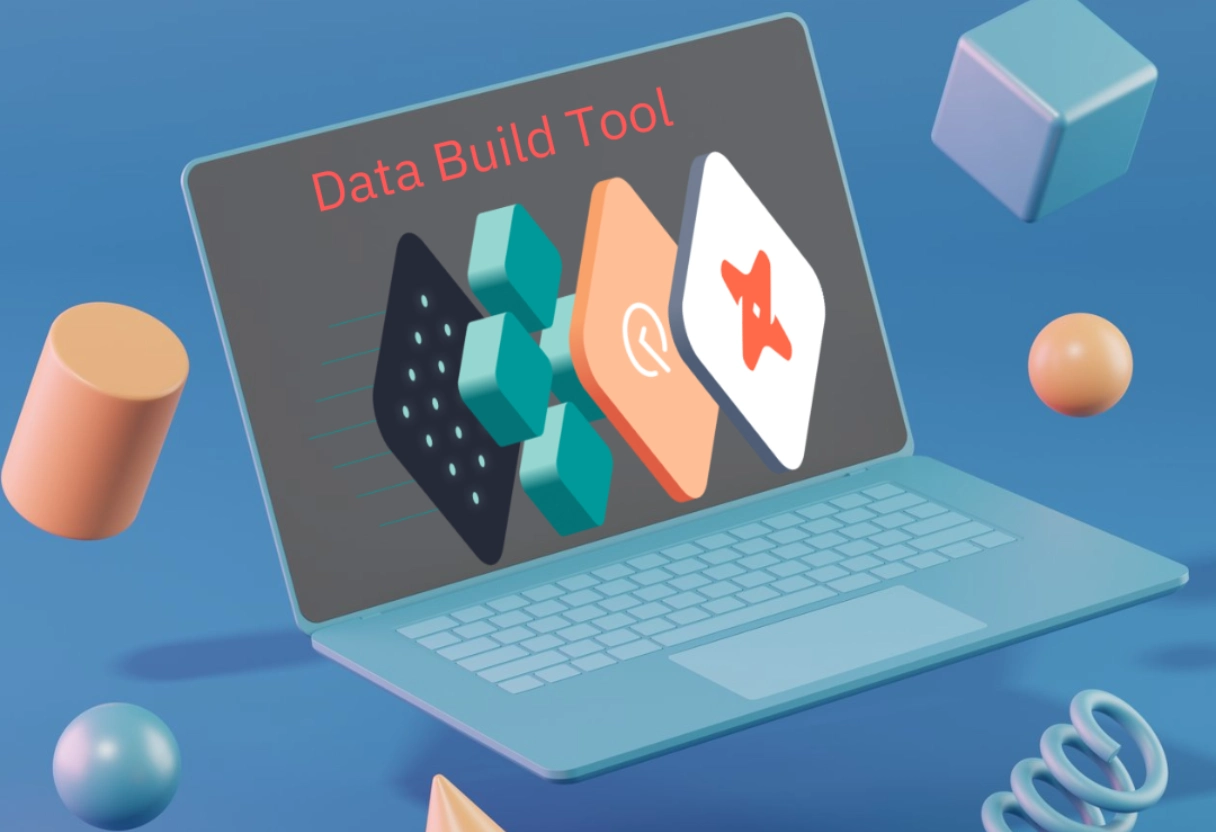
Learn to create efficient data tools for business insights.
What you'll learn
Requirements
The Build Data Tool course is designed for individuals and professionals who want to create custom data tools that streamline processes and deliver valuable insights. Through this course, participants will learn to design and develop data collection and organization tools that are efficient, secure, and user-friendly. Our training covers everything from data collection techniques and interface creation to AI integration for enhanced analysis. You’ll also explore methods to automate data workflows and visualize data in ways that make it easy to understand and act on. Participants will gain hands-on experience in building practical data tools tailored for various industries and business needs. With a focus on performance optimization and security, this course ensures that your tools are not only effective but also reliable and protected. By the end of the course, you will be equipped to design and implement data solutions that can transform business operations, improve decision-making, and provide a competitive edge. Whether you’re looking to improve internal processes or offer new solutions to clients, this course gives you the skills needed to build robust, impactful data tools.